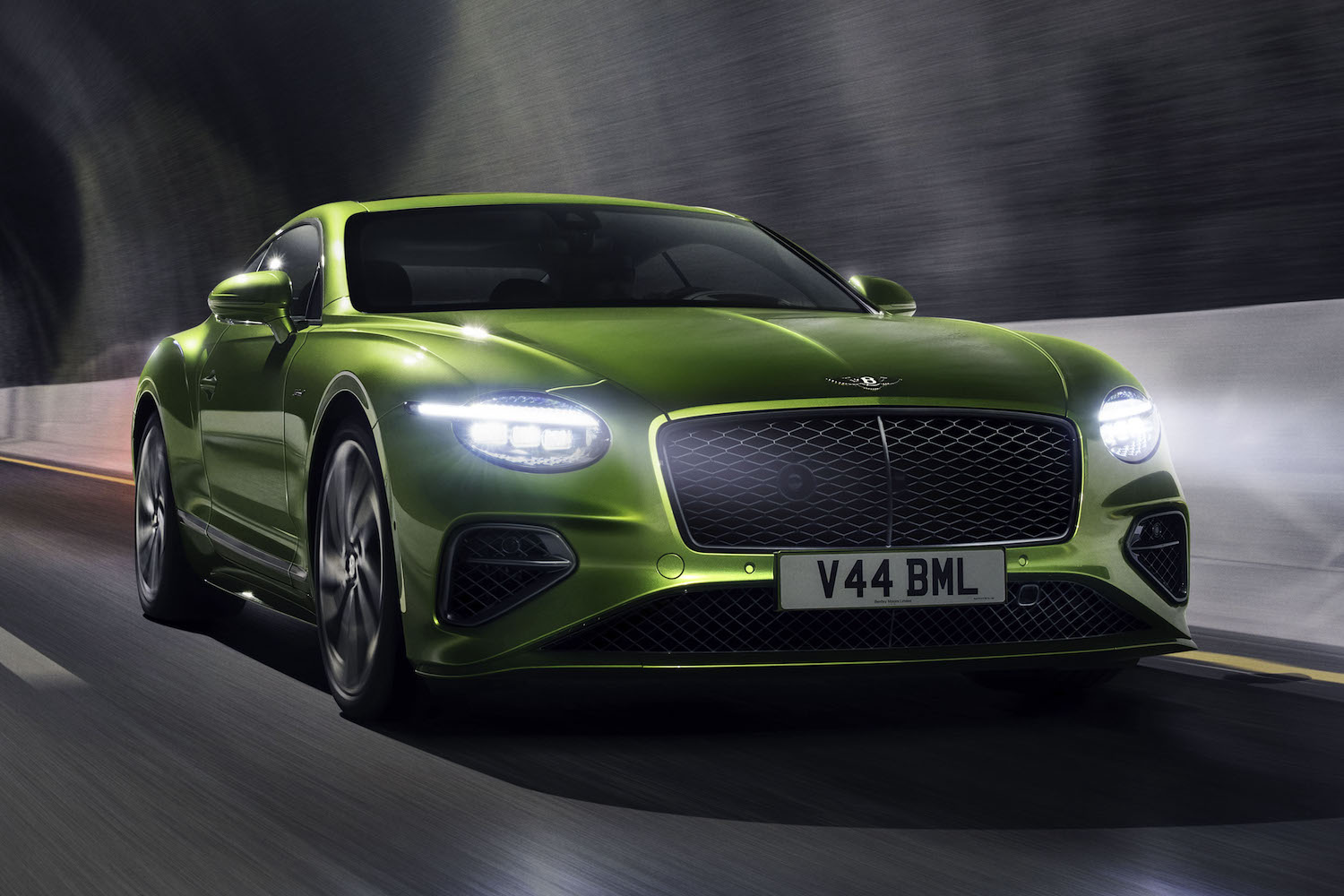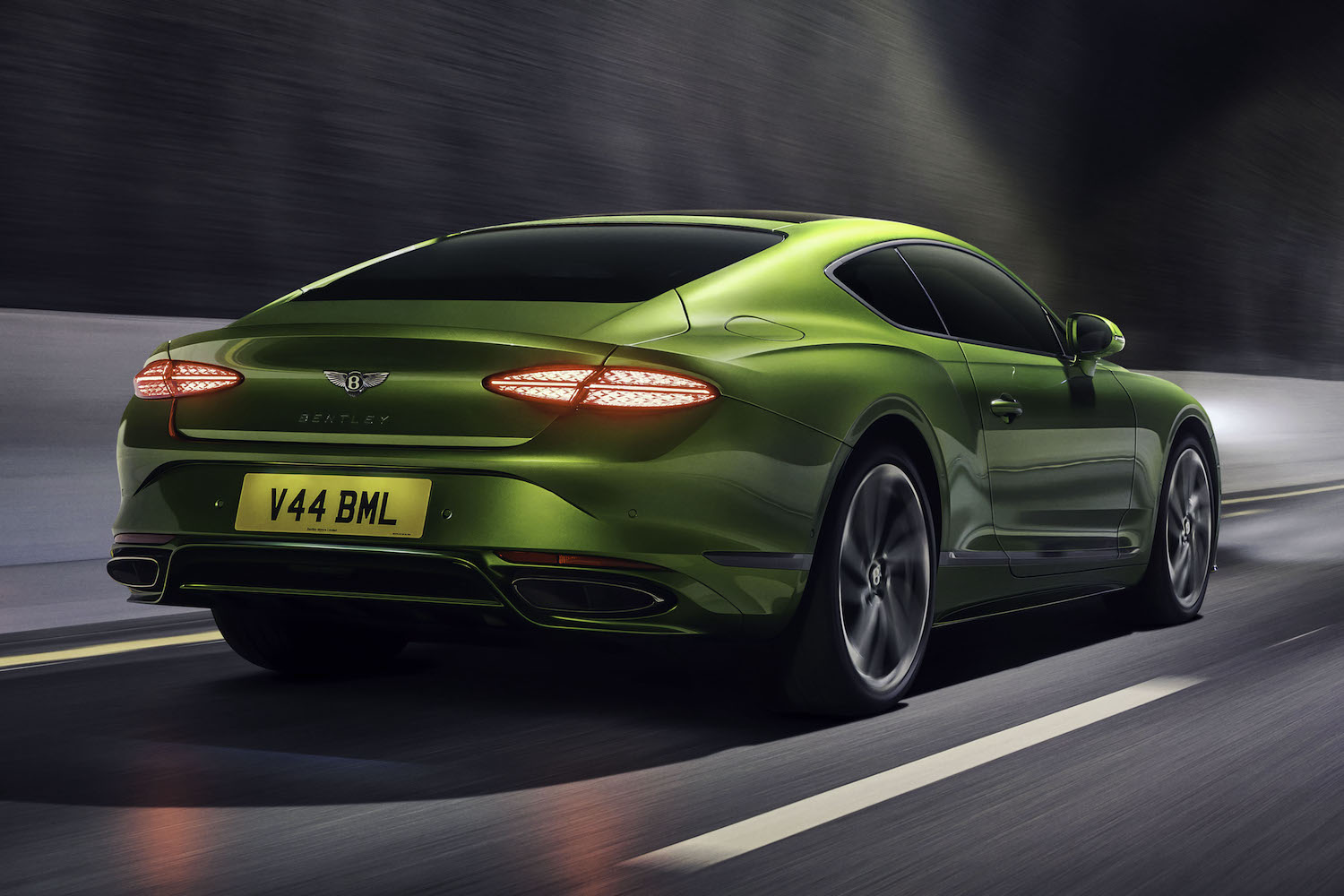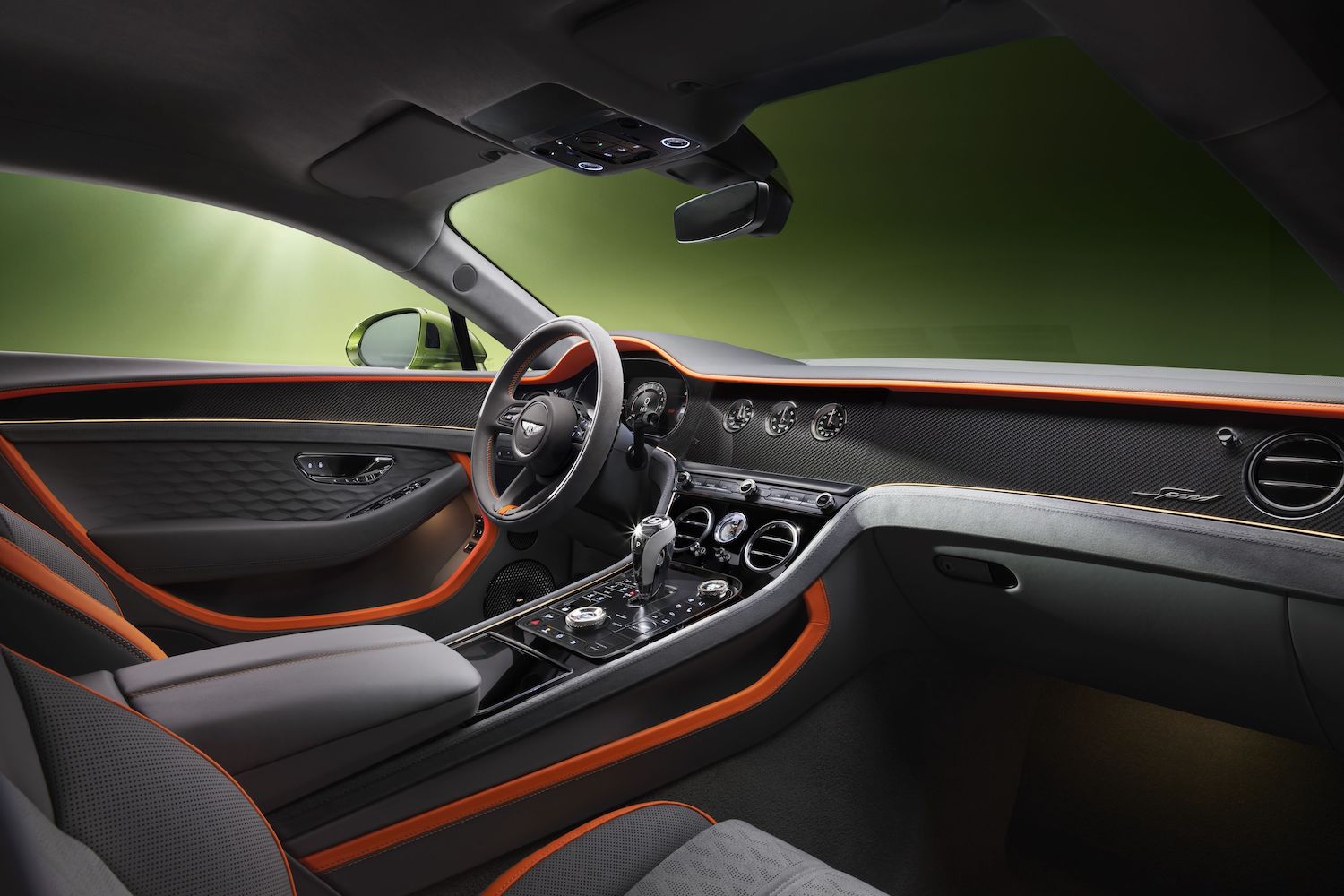
Bentley has unveiled the fourth-generation Continental GT Speed, and while its 771 hp performance is unquestionably impressive, the design has sparked a range of opinions among enthusiasts. During our track test last month, the new Bentley for sale, cloaked in an eye-catching acid-green-and-black wrap, showcased its plush, fleet, and surprisingly nimble characteristics. However, the camouflaged wrap raised curiosity about the car’s actual design. Now that Bentley has revealed the new model, it’s clear that while it retains some classic elements, it also introduces several noteworthy changes.
To fully appreciate the new Continental GT Speed’s design, a brief history of its predecessors is essential. The lineage traces back to 1952 with the release of Bentley’s Continental R. This long-wheelbase coupé was significant for the brand, reminiscent of Bentley’s glory days in the 1920s and 1930s with the Bentley Boys’ Le Mans victories. The Continental R was celebrated for its elegance, characterized by three primary lines: a power line along the hood, a sloping roofline, and a gently curving haunch. It was not only the epitome of elegance but also the fastest four-seater of its time, embodying the essence of a grand tourer with its swift and comfortable long-distance travel capabilities.

Fast forward to 1998, Bentley was struggling under the Rolls-Royce banner, producing only 440 vehicles that year. The Volkswagen Group, led by Ferdinand Piëch, saw potential for a revival. After four years of research and development, the Continental GT prototype debuted at the Paris Motor Show in 2002, with the production model unveiled at the 2003 Geneva Motor Show. This model retained the classic three-line design while incorporating modern technological innovations, including the now-discontinued W-12 engine, which set it apart from Rolls-Royce’s V-12.
The latest Continental GT Speed, designed by Robin Page, presents several firsts for Bentley. It’s the first non-coachbuilt Bentley with a single headlamp design since the 1959 S2 and features a rear-biased weight distribution of 49/51. The headlamps, accented with a horizontal “eyebrow,” resemble those on the $2 million Bacalar, a design choice that may polarize opinions. Some may find the new headlamps’ dominant presence a stark departure from the sleek, balanced nose of the third-generation model.

Other design changes include a front bumper cut line meeting the hood as a continuation of the headlamp eyebrow, creating a more prominent front end. An off-center radar sensor on the grille adds a cyclops effect, which may not appeal to all. The body panels, now superformed with greater pressure, feature sharper edges and a more angular rear end with flusher surfaces due to the removal of the retractable spoiler.
The new Bentley Continental GT Speed, with its advanced technology and increased power, has the potential to outshine its predecessor, even if its styling may not be as universally adored. Bentley has once again managed to blend tradition with innovation, creating a grand tourer that will undoubtedly leave a lasting impression.


